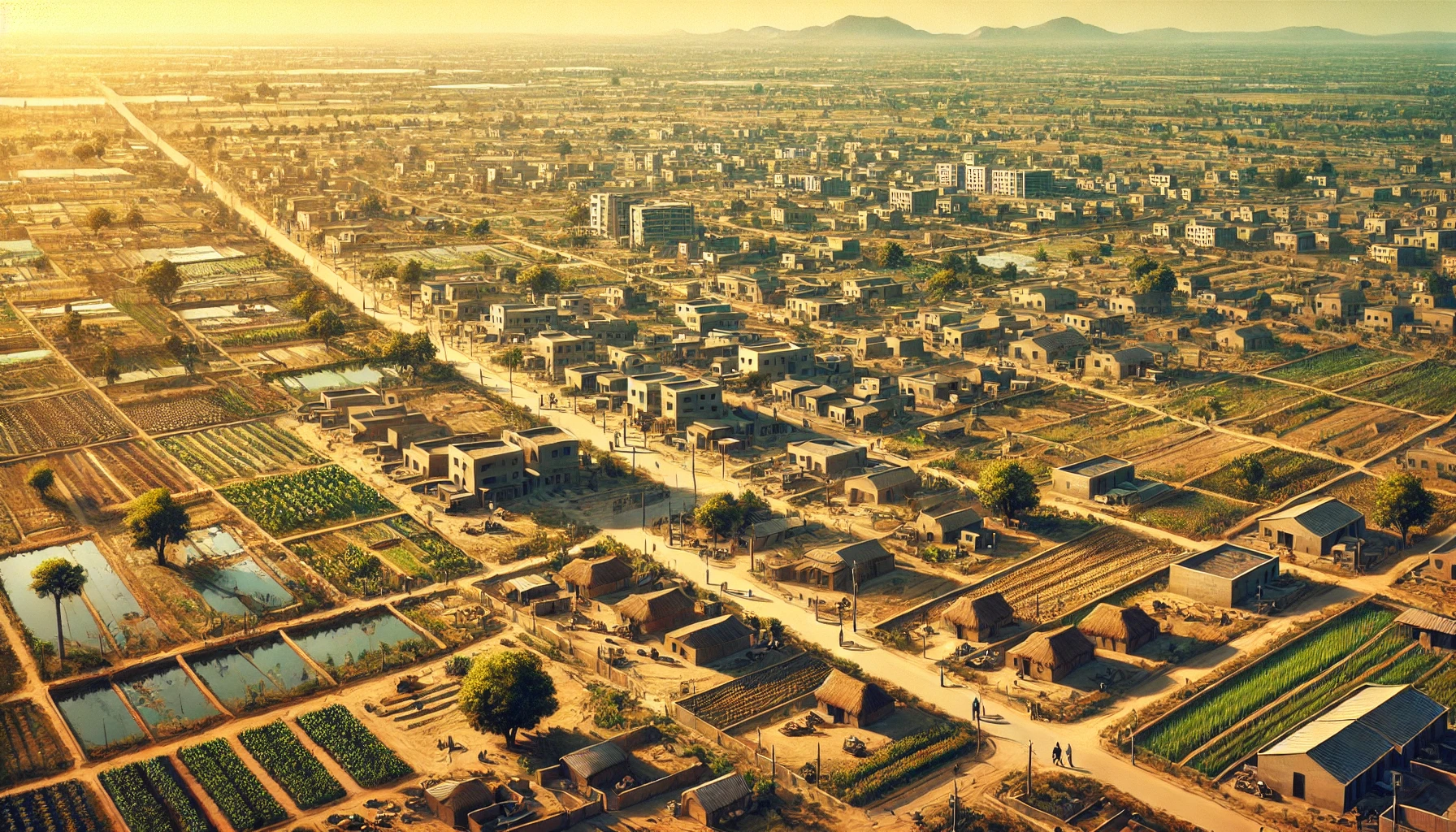Sustaining Poverty Reduction Gains: How Vulnerability Maps Can Transform Social Safety Nets
The paper introduces a new vulnerability mapping approach that combines poverty and risk factors to better target social assistance programs. Applied in Senegal, it highlights the need to expand social safety nets to include both the chronically poor and at-risk households, especially in urban areas.

The World Bank’s Policy Research Paper presents a significant evolution in how social assistance programs are targeted. Traditionally, poverty maps have been employed to direct resources to regions with high concentrations of poverty, ensuring that the poorest households receive support. However, these maps have a critical limitation: they focus solely on households that are currently poor and fail to account for households that, while not poor today, are highly vulnerable to falling into poverty due to unforeseen shocks such as economic crises, pandemics, or natural disasters. This gap in coverage can leave large segments of the population unprotected, even though they are just as susceptible to welfare volatility as those currently living below the poverty line.
A New Approach to Tackling Poverty
The authors of this paper Oscar Barriga-Cabanillas, Thomas Bossuroy, Paul Andres Corral Rodas, Carlos Rodríguez-Castelan, and Emmanuel Skoufias propose a new methodology that integrates vulnerability mapping with traditional poverty estimates. This method generates highly disaggregated vulnerability maps that combine the share of chronically poor households (referred to as poverty-induced vulnerability) with the share of households that have a significant risk of falling into poverty (known as risk-induced vulnerability). By considering these two dimensions of poverty, the vulnerability maps provide a much more comprehensive picture of welfare risks, enabling more effective targeting of social assistance programs. The method was applied to Senegal, and the resulting vulnerability map offers a detailed spatial analysis of both poverty and vulnerability across the country.
Urban Areas: A Hidden Vulnerability
One of the key findings of this study is that while rural areas continue to exhibit high poverty rates, it is in urban and peri-urban areas where a significant portion of the population is vulnerable to falling into poverty. These areas tend to have lower overall poverty rates, but households in these regions face considerable welfare risks due to their susceptibility to economic shocks. The vulnerability map shows that in many urban communes, a large percentage of nonpoor households have a high probability of becoming poor in the near future if they experience a shock. This is a crucial insight because it highlights the limitations of traditional poverty maps, which would have excluded these households from social protection programs. By incorporating vulnerability rates, the study suggests that social safety nets need to be expanded to include not only the chronically poor but also those at risk of slipping into poverty.
Expanding Senegal’s Social Safety Net
The application of this method in Senegal offers practical implications for the country’s social registry system, known as the Registre National Unique (RNU). The RNU was initially developed to provide a unified database for targeting social programs, and its coverage has primarily focused on rural areas, which have higher poverty rates. However, the expansion of the RNU to include one million households necessitates a broader scope that accounts for both poverty and vulnerability. By using the vulnerability map to guide the expansion, the RNU can allocate social assistance quotas more effectively, ensuring that both the poor and vulnerable nonpoor populations are covered. This approach also shifts the focus from rural to urban and peri-urban areas, where a growing number of households are at risk of falling into poverty.
Rethinking Eligibility for Social Programs
The study finds that using vulnerability rates alongside poverty rates results in significant changes in eligibility quotas for social programs. For instance, in urban areas like Dakar, the inclusion of vulnerability rates increases the eligibility for social assistance by 84 percent compared to what it would have been if only poverty rates were considered. This shift acknowledges that while poverty rates are higher in rural areas, many urban households are just a shock away from poverty, and they require protection to sustain poverty gains made in recent years. By focusing on both poverty-induced and risk-induced vulnerability, the RNU can offer a more dynamic and responsive social safety net that is better equipped to handle the fluctuating nature of welfare in Senegal.
Building a Resilient Population
This research highlights the importance of expanding the concept of poverty to include vulnerability in social protection programs. The current focus on poverty alleviation through targeted cash transfers or other forms of direct assistance is necessary but insufficient. The risk of households falling back into poverty due to unforeseen events means that social protection programs must also provide insurance against these risks. By accounting for both current poverty and future vulnerability, the RNU can help build a more resilient population that is better able to cope with economic and environmental shocks.
The broader implication of this research is that governments and international organizations need to rethink how social assistance programs are designed and implemented. In countries like Senegal, where poverty is declining but vulnerability remains high, a dynamic social registry that accounts for both the poor and those at risk of poverty is essential for sustaining poverty reduction efforts. This new approach not only protects households from immediate deprivation but also builds resilience against future shocks, ensuring that gains in poverty reduction are not lost.
- FIRST PUBLISHED IN:
- Devdiscourse
ALSO READ
Kerala Vows: Towards a Poverty-Free, Clean, and Sustainable Future
The Role of Inclusive Business in Reducing Poverty and Fostering Sustainability in Asia
Addressing Poverty and Inequality in El Salvador: Strategies for Sustainable Growth
Govt Targets Reduction of Persistent Child Poverty by 2035
Govt should give figures on per capita income of those below poverty line: Akhilesh Yadav in Lok Sabha.










